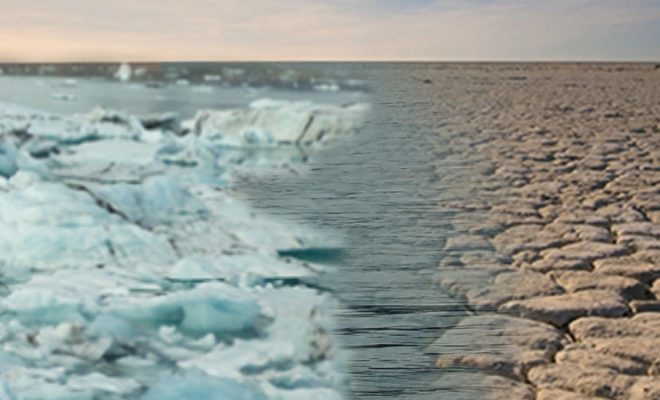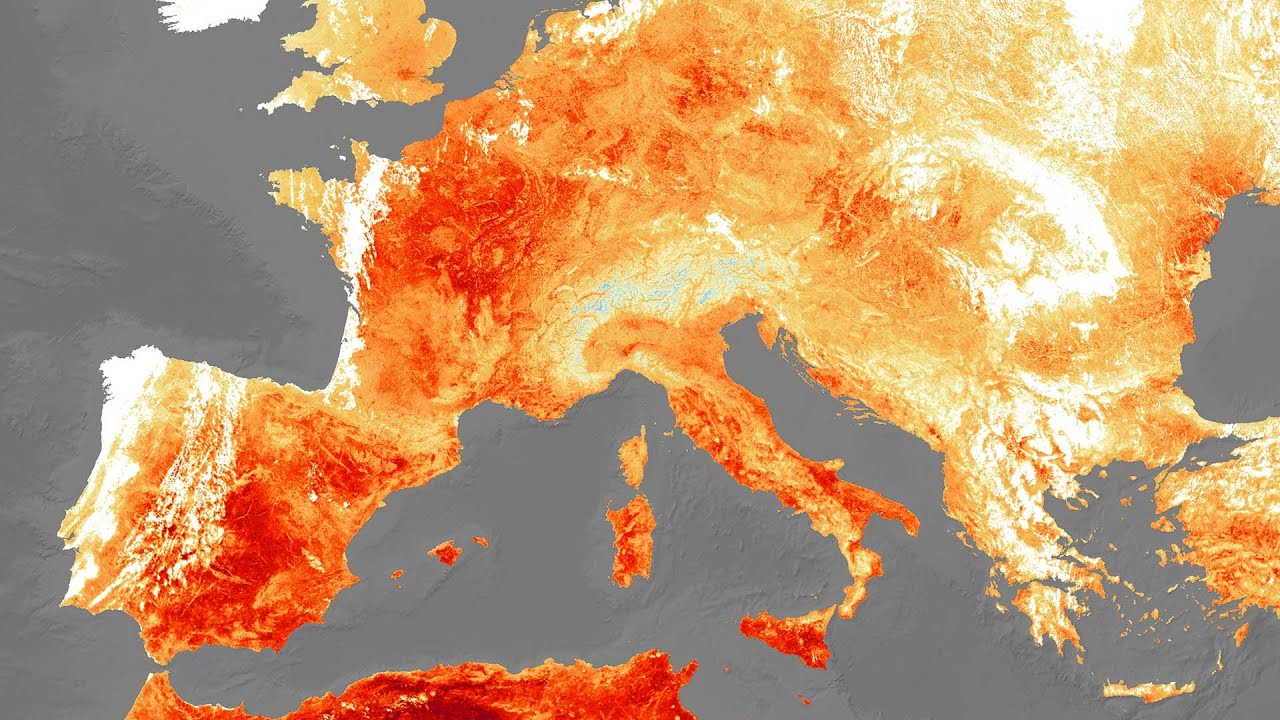
By direct association, heat is the climatic factor we most associate with global warming. Droughts are primarily of concern to farmers, floods to those left homeless or without a car, but extreme heat is a warning that reaches everyone. The prospect that the heat we feel will increase in the future is the most worrying threat for most. “Being hot” is often the first thing we imagine when we visualize an environment in which we have failed to slow down below the 1.5°C recommended by scientists as the limit of atmospheric warming. In this context, heat waves are the ultimate expression of this threat.

In summer, extreme heat episodes are becoming more frequent. They start earlier and are more intense. ©Timo Volz-unsplash
What is a “heat wave” and how is its impact assessed?
AEMET, the meteorological agency in Spain, a country that is experiencing a significant increase in these phenomena, defines a heat wave as an episode of at least three consecutive days with recorded temperatures above 95% of the average daily maximum temperatures for July and August of the period 1971-2000.
In other words, the concept of a heat wave is relative to the historical maximum temperatures of the climatic zone in which it occurs; for example, in southern Spain, this threshold value is close to 40ºC, while in the north, it is between 30-35ºC.
To assess the impact of heat waves, this relativization must also be taken into account: the severity of heat waves must be considered in terms of local temperature variability, as humans, animals, and plants are adapted to a specific range of temperature variations. Evapotranspiration —the loss of water from the soil plus plant transpiration— increases markedly with heat. Extreme and unusual heat can accelerate desertification in the most exposed areas, such as most drylands. In addition to crops, many species of flora and fauna may be seriously affected, creating irreversible environmental situations. During these episodes, it is common for hundreds of dead birds to fall to the ground due to dehydration or hyperthermia; it happened in India and Pakistan a few weeks ago and in the Spanish city of Seville last June.
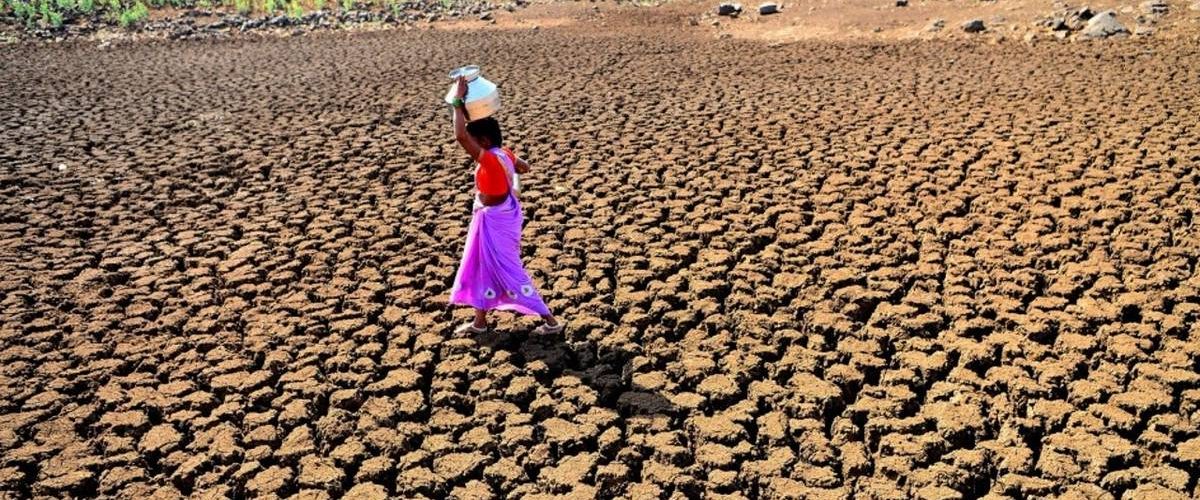
Evapotranspiration increases markedly with heat. Extreme and unusual heat can accelerate desertification in the most exposed areas, such as most drylands. © Racaille1950
Media coverage: India vs. Canada
Many heat waves occurring outside the developed world have historically gone unnoticed. The belief that “temperatures are very high” in tropical countries and that their inhabitants are, therefore, “used to them” is deeply rooted but misleading. In developing tropical countries, the burden of heat on mortality can be in the thousands of deaths. As we have seen before, countries that experience temperatures outside their normal range are the most vulnerable to these dire impacts.
A recent example is the heat wave that hit India and Pakistan last March, April and May, with temperatures exceeding 62 degrees Celsius at the surface and nearly 50 degrees Celsius in the air. According to the India Meteorological Department, it has been the hottest episode in the Uttar Pradesh state in 122 years. The Government is still assessing the damages, but those affected amount to 1 billion, and the losses in working hours, destruction of crops, deaths of farm animals, and drying up of wells are incalculable. The statistical reference is devastating: more than 11,500 people have lost their lives in India due to heat during the last decade.
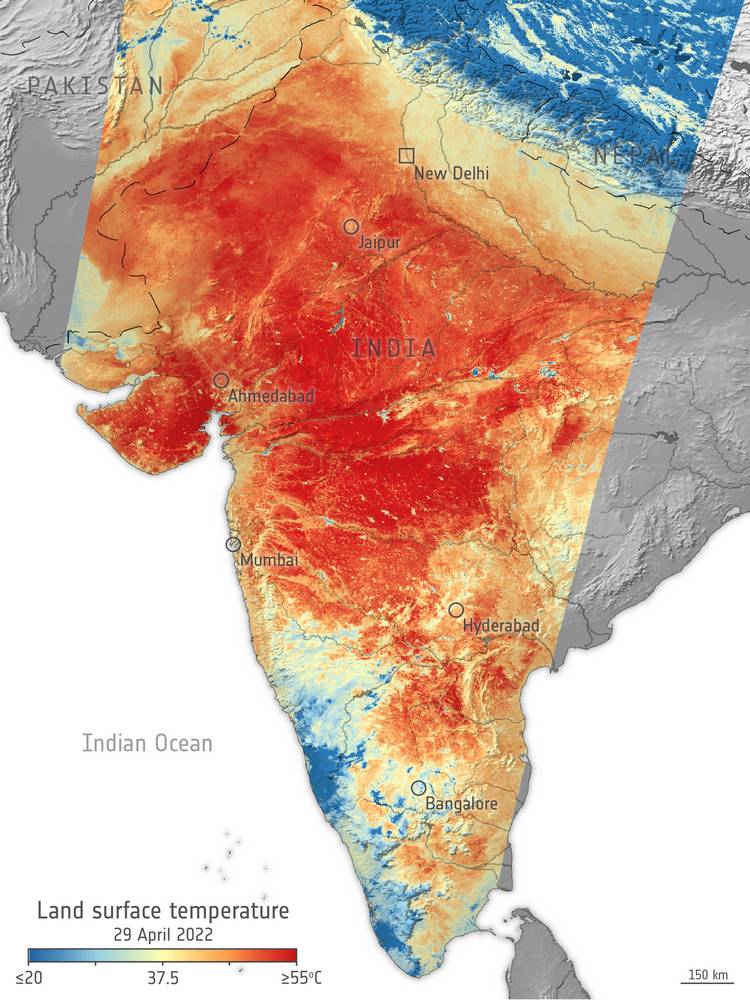
According to the Indian Meteorological Department, maximum air temperatures reached 43-46°C in most of Rajasthan, Vidarbha, Madhya Pradesh, and East Uttar Pradesh on April 28. This image, produced with data from the Copernicus Sentinel-3 mission, shows the temperature of the Earth’s surface in most parts of the country.
This year’s heat wave in South Asia has made international headlines but with much less resonance than the one in western Canada last summer. The 49.6°C recorded in the town of Lytton shocked the world and had a huge media impact. Hundreds of forest fires broke out, and images of British Columbia on fire were seen across the globe. According to the provincial coroner’s office, the episode resulted in the deaths of 619 people, most of them elderly and in poor health. Almost none of them had air conditioning or even fans in their homes.
This heat wave in western North America will be remembered for its widespread devastation. However, a study by the University of Bristol points out that in recent decades, several similar extreme heat episodes have occurred around the globe, many of which went unnoticed, probably because they occurred in less developed countries where “scorching temperatures are normal” for the rest of the world.
Hyperthermia, dehydration, and loss of working hours
Extreme heat waves are a harmful phenomenon for health. According to medical texts, the temperature limit at which a human can survive can be around 55ºC in average environmental humidity conditions. If 60°C is reached, the body can suffer hyperthermia within 10 minutes and die from extreme dehydration.
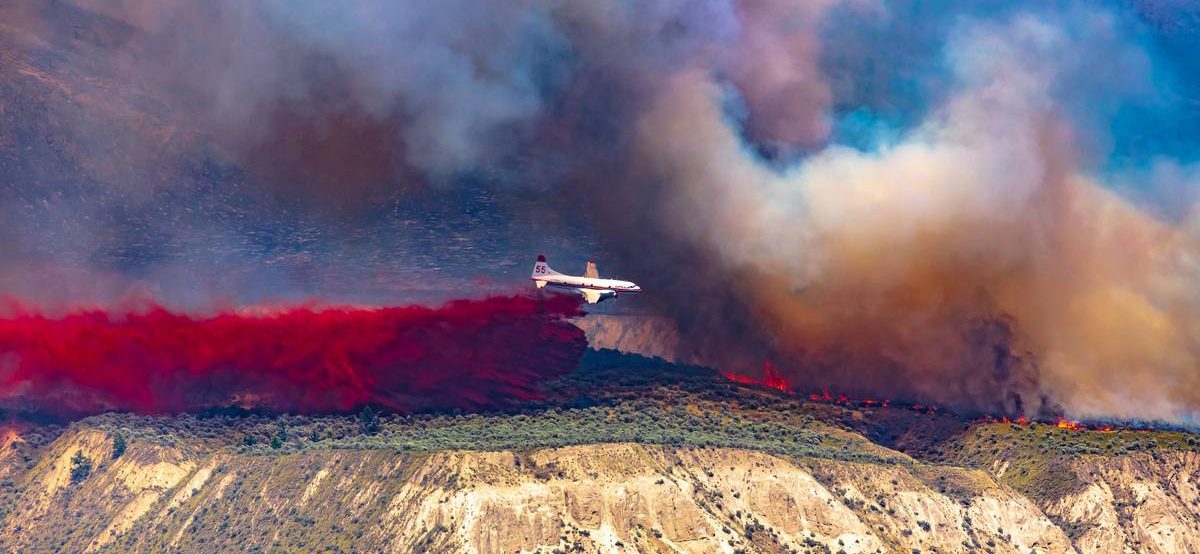
By the heat wave last summer Hundreds of forest fires broke out, and images of British Columbia on fire were seen across the globe. ©Murray Foubister
However, forensic institutes that have analyzed the consequences of heat stroke point out that the worst thing is not the exposure to high temperatures in a short period but the accumulated heat stress in the body when, for several days, the person is continuously exposed to temperatures above 35ºC.
Regardless of heat waves, above-average high temperatures affect health more silently, resulting in sleep loss. A recent analysis published in the NewScientist journal analyzes data from sleep-tracking wristbands implemented in 48,000 people in 68 countries between 2015 and 2017. The results show that the affected fall asleep later, wake up earlier, and sleep less and intermittently because of the heat.
Temperatures are getting increasingly higher and we must adapt
All climate studies predict that heat waves will become more intense and frequent. Here, again, the case of the Iberian Peninsula is clear. The worst values are almost all concentrated in the last 25 years, and the progression since the 1970s is clear: between 1975 and 1990, there were no more than two heat waves in the same year; between 2011 and 2019, there were three years with at least three, and in 2017 there were five. In one of these episodes, in the Andalusian observatory of Montoro, the thermometer reached 47.2 ºC, becoming the maximum temperature ever recorded in Spain. Four years later, Montoro broke its record: 47.4 ºC in August 2021. These data confirm the forecasts of the IPCC in its latest report, AR6, and that of the most recent studies.
As some scientists point out, heat waves can serve to accelerate decision-making on greenhouse gas reduction but also accelerate adaptive measures, such as increasing vegetation in cities, renovating buildings in terms of ventilation, redesigning corrals and stables, reducing surface irrigation systems, and, of course, intensifying efforts to make access to water universal.



